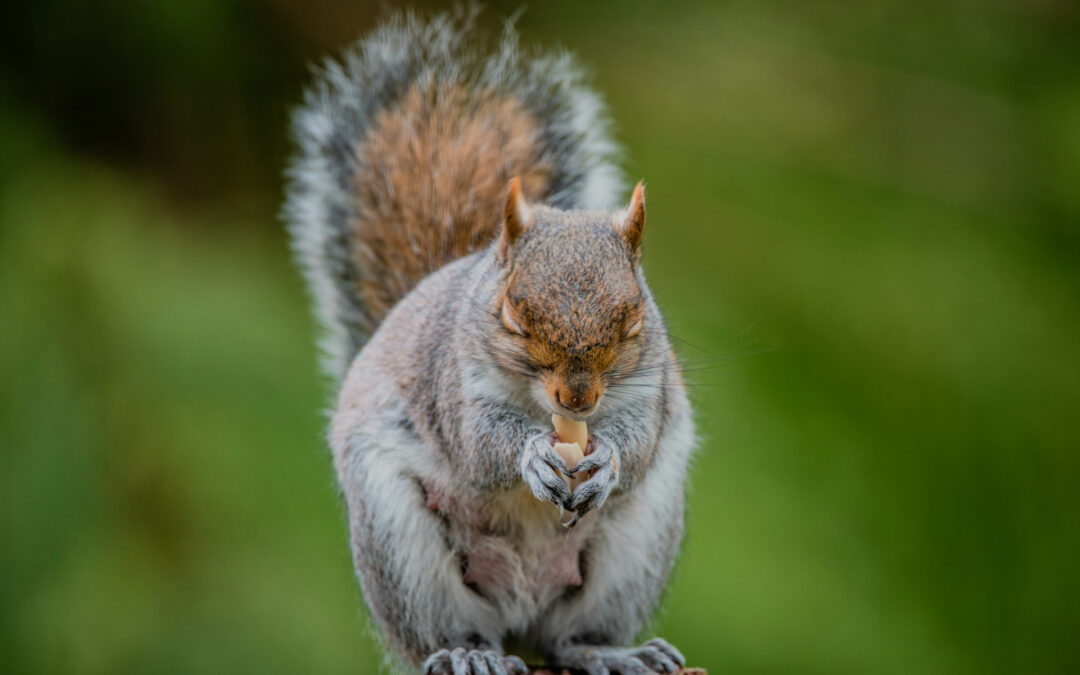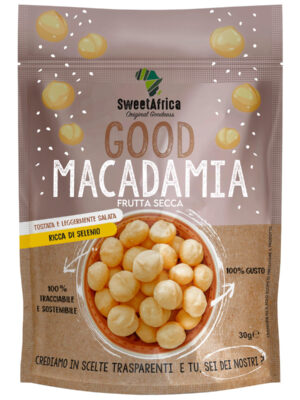Un anacardo non è un’arachide. Entrambi sono piccoli frutti secchi, spesso presenti nelle nostre dispense e utilizzati in numerose ricette. Ma dietro questa somiglianza apparente si nasconde una realtà botanica molto diversa. Gli anacardi, infatti, non sono vere e proprie noci, bensì i semi di un frutto tropicale. La loro forma caratteristica e il sapore delicato li rendono un ingrediente molto apprezzato in cucina. Le arachidi, invece, pur essendo comunemente chiamate noci, appartengono alla famiglia dei legumi, come i ceci o i fagioli. Questa differenza botanica fondamentale fa sì che anacardi e arachidi abbiano proprietà nutrizionali e caratteristiche organolettiche distintive.
But what are the main differences between cashews and peanuts?
Sapevi, per esempio, che le peanuts crescono… sottoterra? Sì, hai capito bene! Dopo la fioritura, la pianta di arachide, nome scientifico Arachis hypogaea, ha una particolarità davvero unica: i fiori si piegano verso il basso e si interrano nel terreno, dove si formeranno i frutti. È come se la pianta decidesse di nascondere i suoi preziosi semi! Gli anacardi, invece, hanno una storia completamente diversa. Nascono sugli alberi di Anacardium occidentale L., maestose piante tropicali che possono raggiungere anche i 12 metri di altezza. I semi degli anacardi, quelli che noi mangiamo, si sviluppano insieme a un frutto carnoso e succoso, chiamato “mela d’anacardio“. Questa curiosa differenza nella modalità di crescita rende anacardi e arachidi due frutti davvero affascinanti e unici nel loro genere.
A question of taste
Poi, hai mai provato a confrontare il gusto di un anacardo e di un arachide allo stato naturale? C’è una differenza sostanziale! Gli anacardi offrono un sapore più intenso e deciso, con note leggermente dolci e un retrogusto leggermente acidulo. La loro consistenza è croccante e secca, quasi friabile. Le arachidi, invece, hanno un gusto più delicato e erbaceo, tipico dei legumi a cui appartengono. La loro consistenza è più morbida e burrosa, con una leggera sensazione oleosa al palato. Queste differenze di gusto e consistenza rendono anacardi e arachidi due alimenti versatili, perfetti per soddisfare diverse esigenze e preferenze culinarie.
Why do cashews cost more than peanuts?
La risposta è da ricercare nella loro produzione. Gli anacardi, essendo i semi di un frutto tropicale, richiedono una lavorazione più complessa e costosa rispetto alle arachidi. Inoltre, la loro disponibilità sul mercato è spesso inferiore rispetto a quella delle arachidi, il che ne innalza il prezzo. Le arachidi, essendo legumi e quindi coltivate su larga scala, sono generalmente più economiche. Nonostante questa differenza di prezzo, entrambi i frutti offrono un ottimo rapporto qualità-prezzo e possono arricchire la nostra dieta con preziosi nutrienti.
A treasure in the kitchen, but in moderation
Nonostante le loro differenze, sia gli anacardi che le arachidi sono alimenti nutrienti e dal gusto irresistibile, perfetti per arricchire le nostre tavole. Ricchi di grassi buoni, proteine e fibre, questi frutti secchi sono ottimi alleati per una dieta equilibrata. Tuttavia, è importante consumarli con moderazione, soprattutto in caso di allergie o intolleranze alimentari. Ricorda che sia le arachidi che gli anacardi sono inclusi nell’elenco degli allergeni alimentari, quindi è fondamentale prestare attenzione alle etichette e consultare il tuo medico in caso di dubbi. La versatilità di questi due alimenti in cucina è davvero sorprendente: dagli snack salutari ai dolci, passando per primi e secondi piatti, le possibilità sono infinite.
Would you like to recharge your batteries with the nutritional properties of these fruits? Visit our link below: products.





